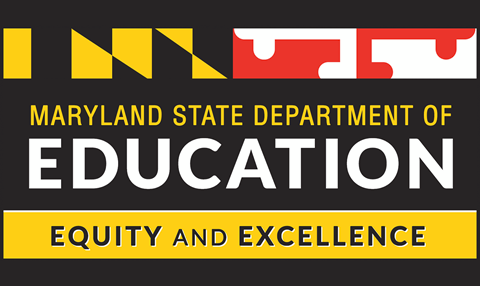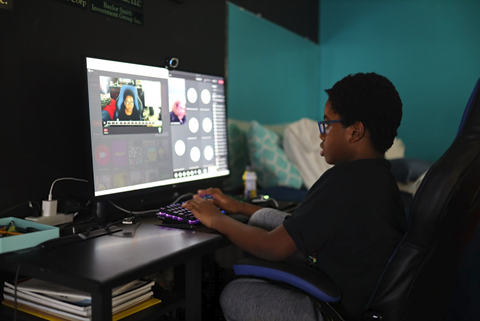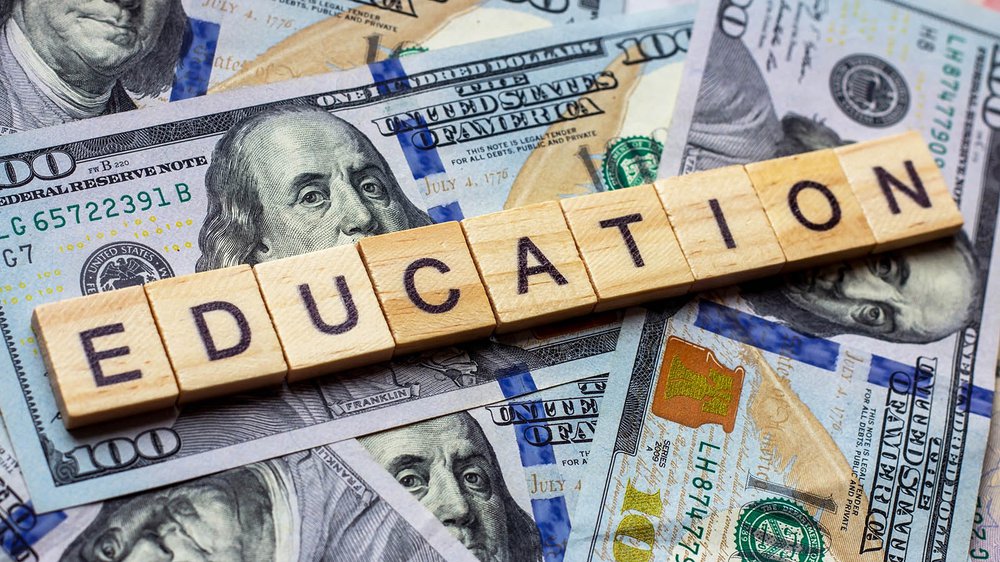K-12 schools look to ‘fill the gap’ with incoming $2 billion COVID relief funds – By Caroline Beck, Alabama Daily News
Alabama’s K-12 schools have about $2.02 billion coming in from the American Rescue Plan Act that schools will be able to spend over the next three years, making it one of the largest single investments Alabama has ever seen for public education.
In three rounds of COVID-19 federal relief funding since last year, K-12 schools are getting more than $3.1 billion. That’s more than four years’ worth of annual federal Title I money targeted at helping low-income learners.
“We’ve never had an influx of money like this before and we’re excited about the possibilities,” State Superintendent Eric Mackey told Alabama Daily News.
Districts have already submitted their plans for spending the first two rounds of COVID stimulus funding, and as schools plan for the third round — nearly twice as much as the first two combined — they are hoping to lift Alabama up from being among the lowest ranked in the nation for educational achievement.
“It’s not just about making up for lost time, and you’ll hear superintendents talk about this, it’s more like here’s their opportunity to catch Alabama up to where we need to be,” said Ryan Hollingsworth, the executive director of School Superintendents of Alabama.

Special education programs have funding but lack the educators – By Kara Arundel, K-12 Dive
All but four states — Alaska, Mississippi, Tennessee and Vermont — reported teacher shortages in special education during the 2019-20 school year, according to U.S. Department of Education data. Additionally, recently published survey results from Frontline Education revealed 71% of districts with shortages find it challenging to recruit special education teachers.
A lack of special educators is of particular concern because school systems are required under IDEA to provide individualized services to qualified students. Educators, families and advocates have said progress on students’ individualized education program goals could be hindered if there aren’t enough teachers.
In many cases, school closures due to the pandemic limited students with disabilities’ access to certain services and supports, although some students who received special education services thrived in remote learning.
The influx of stimulus funding for special education is significant for IDEA, which receives an annual appropriation of about $13.8 billion for state grants for services for nearly 8 million infants, toddlers and school-aged students with disabilities. More broadly, Elementary and Secondary School Emergency Relief funds can also support special education activities.

Maryland State Dept. of Education Announces More Than $309 Million To Support State Child Care Providers – By Maryland State Department of Education, Southern Maryland Chronicle
The Maryland State Department of Education (MSDE) announced today that licensed child care centers and registered family child care providers in Maryland can now apply for the first round of Child Care Stabilization Grants.
The more than $309 million American Rescue Plan (ARP) Act of 2021 child care stabilization initiative provides grants to licensed providers that sustain the child care sector and build a stronger child care system. Providers can apply the grant funds to support the developmental and learning needs of children, promote equal access to high-quality child care, and support a professional workforce that is fairly and appropriately compensated for their essential skilled work.
These funds will help address the financial burdens and operational challenges faced by child care providers during and after the COVID-19 public health emergency.
“As we emerge from the pandemic, we recognize the critical role that child care providers have played in the state’s overall recovery efforts – nurturing, caring, and educating our youngest children while simultaneously supporting our State’s economy,” said Governor Larry Hogan. “We are grateful to providers who have reopened and provided continued support to our children and families. With the infusion of funding from these grants, we hope to bolster our child care community and provide resources needed to continue the delivery of safe and reliable care to Maryland’s children.”

Nearly two-thirds of top districts will offer students the option to learn in stand-alone, remote academies next school year, according to a recent tally from Burbio, a website that tracks school calendars and reopenings.
Of the 200 largest U.S. school systems, 128 will hold virtual programs this fall, while 60 — such as those in New York City, Newark and Chicago — will offer no fully remote options, save for medical exceptions for immunocompromised students. Another 12 have yet to announce their plans.
The update comes as the highly transmissible Delta variant now accounts for the majority of U.S. COVID cases, casting uncertainty on an upcoming school year that, just weeks ago, many observers had hoped would mark a return to near-normal — and spurring many parents to revise their expectations for the fall.
“Everyone is assuming that all kids are going back into buildings in September,” Annette Anderson, who is a mother of three children in Baltimore City Public Schools, told The 74. “And I’m not really clear with the Delta variant what’s going to happen.”












